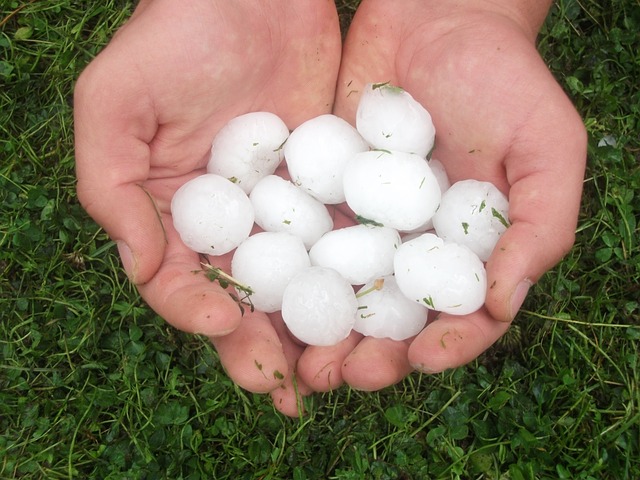“Insured losses due to natural disasters in the United States in 2016 totaled $23.8 billion, according to Munich Re, more than the $16.1 billion total for 2015.”
-Insurance Information Institute

HAIL:
FLOOD:
Did you know?
– Homeowner’s policies typically do NOT include coverage for flooding or earthquakes.
– There is a 30 day waiting period before separate flood coverage goes into effect. So if you buy a flood plan, 3 days before a major flood occurs, you will not be covered.
– If you are in a flood zone, your mortgage company usually requires flood insurance. However, even if it is not required, it might be a good idea for you.
Flooding happens and there are ways you can minimize the damage costs. Go to Travelers flood prevention checklist here.
TORNADO/WIND DAMAGE:
The good news here is that tornadoes and wind damage generally ARE covered by homeowner’s insurance. Since tornadoes can do damage to a larger portion of the house, it is good to check coverage of your personal property on your homeowner’s or renter’s policy and do an inventory of the items in your home.
Something to consider with your vehicle is whether you have full coverage or liability only. Remember that if a tornado (or any other type of weather) occurs, your vehicle must have comprehensive coverage. Liability only will provide no coverage to your vehicle from extreme weather.
You can call your agent to review your homeowner’s/renter’s or auto policy coverage.
WILDFIRE:
Unfortunately, much like hail, Colorado racks up a lot of the nation’s statistics on wildfire destruction too. According to the RMIIA, “The most destructive wildfire in Colorado history is the June 2013 Black Forest Fire. Estimated insured losses totaled $420.5 million.” Luckily, we don’t take the whole cake, as California holds the award for the costliest wildfires in the nation’s history. However, we are not far behind them.
The good news is a lot of experience has helped experts and residents find preventative methods to minimize fire damage to a home (and if you are living in the mountains or foothills, mitigation is definitely a need-to-know for homeowners). Here is a wonderful resource from RMIIA about community protection, house mitigation, etc.
As it gets closer to winter, we will discuss more of the preparations for snow/ice damage prevention and claim processes as well. In the mean time, here is a list of resources for the above mentioned types of severe weather, but when in doubt, just remember to call your agent and KNOW your coverage.
RESOURCES
ALL WEATHER:
http://www.iii.org/fact-statistic/catastrophes-us
http://www.insurancejournal.com/news/national/2017/03/02/443467.htm
HAIL:
http://www.9news.com/weather/weather-colorado/lasting-impact-of-the-hail-storm/440344145
http://www.rmiia.org/catastrophes_and_statistics/Hail.asp
http://www.denverpost.com/2017/05/23/hailstorm-costliest-ever-metro-denver/
FLOOD:
https://www.travelers.com/resources/weather/floods/flood-damage-prevention.aspx
TORNADO/WIND DAMAGE:
https://www.trustedchoice.com/catastrophe-insurance/tornado-coverage/
WILDFIRE:
https://www.colorado.gov/pacific/dora/news/consumer-advisory-wildfire-mitigation-insurance-tips
http://www.rmiia.org/catastrophes_and_statistics/Wildfire.asp
http://www.rmiia.org/catastrophes_and_statistics/Wildfire_and_insurance.asp

